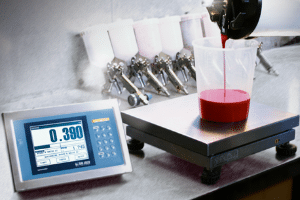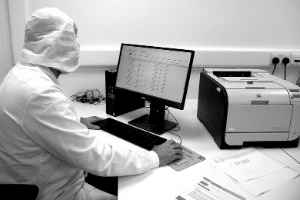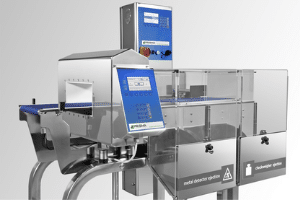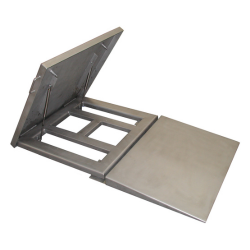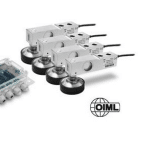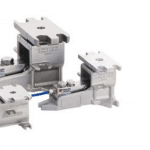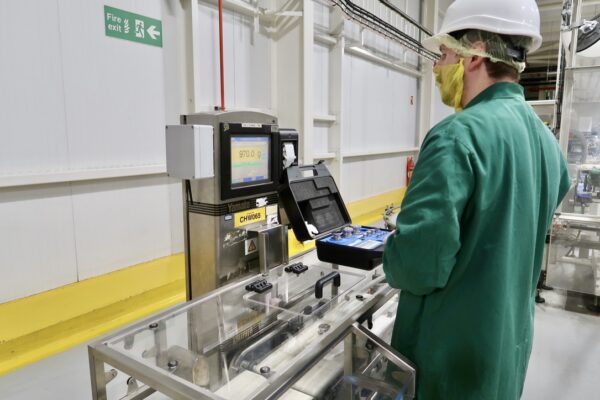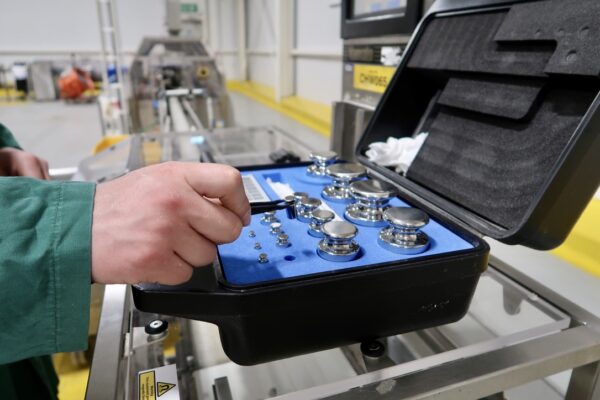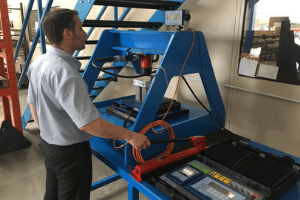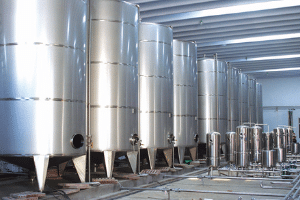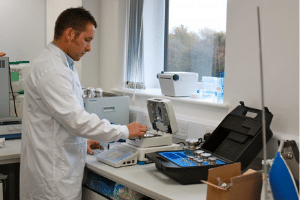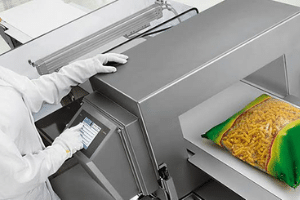From Farm to Lab: The Rise of Cultured Meat
Perhaps it’s time to try eating meat that has never mooed, oinked or been on a farm?
Singapore was the first country to legalise lab-grown meat in December 2020. Eat Just, a San Francisco-based food technology start-up, is now selling lab-grown chicken nuggets in Singapore as part of the country’s long-term food security strategy.
Some nations have a greater interest in this field than others. In Europe for example, the Netherlands is at the forefront of laboratory-grown meat research, with analysts predicting companies Mosa Meat and Meatable to seek EU regulatory approval in the near future.
In the US, it’s widely anticipated that Memphis Meats and New Age Meats, both backed by Bill Gates, will follow suit.
Despite these trends, however, lab-grown and bioprinted meat still face considerable hurdles before mass acceptance becomes a reality.
The challenges and opportunities of lab-grown meat in the food industry
One well-documented hurdle is regulatory approval. But even if regulatory approvals are granted, high costs are still preventing the general public from switching to these types of products. While most producers continue to work with pharmaceutical-grade components and nutrients, costs still need to come down significantly in order to be reduced to food grade qualities. Even so, producing meat in a laboratory is a lengthy, energy-intensive operation that can be improved.
With the right levels of investment, the cost of producing cultivated meat may be lowered to the same level as “conventional” meat by around 2030, according to two separate studies published this year by McKinsey and Company, and Life Cycle. In particular, the Life Cycle Study predicted that developed meat would account for 35% of the global meat market by the year 2040.
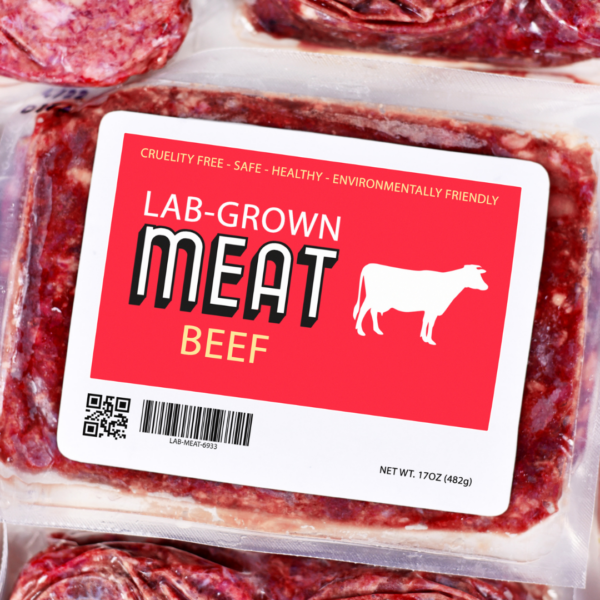 According to several glowing reports by the likes of Forbes, CNBC, and European Environment Agency (EEA), lab-grown meat brings significant environmental benefits such as lower emissions and less land and water usage, when compared to traditional agricultural methods.
According to several glowing reports by the likes of Forbes, CNBC, and European Environment Agency (EEA), lab-grown meat brings significant environmental benefits such as lower emissions and less land and water usage, when compared to traditional agricultural methods.
On the other hand, recent research from the United States has shown that these advantages may still require considerably more intensive energy usage, since the entire process is industrialised, when compared to traditional agricultural methods.
Hybrid products: a stepping stone towards a meatless future?
The acceptance of emerging “hybrid” produce will be an important intermediate step in the commercialisation of plant-based meat alternatives, according to Dr. John Pleasants of the Department of Ecology, Evolution, and Organismal Biology at Iowa State University.
So-called “hybrid” products are made using lab-grown components such as fats, but also contain plants. If accepted by consumers, he believes that the development of 100% laboratory-grown goods could become the next, natural evolution of the meat and dairy industry.
From 3D printing to extrusion methods: innovative approaches to cultured meat production
A few firms are even developing 3D printers that may make you supper while you wait, using thousands of pre-programmed, silver-thin layers of plant produce stacked on top of each other.
The “ink” in these 3D printers is a paste made of your meal. High-end supermarkets in East Asia already have printers that can create custom pancakes, ice cream and sweets. Going forward, we are expecting more sophisticated variants of these food-printers. 3D bioprinting may, for example, print cells and materials together to form a more complicated structured product, such as a marbled beef steak.
Extrusion methods that have long been utilised in the food sector to produce items such as hot dogs and pasta are now being employed to good effect in cultured meat production. Novameat, a Barcelona-based company, for instance, has produced one of the most realistic fake meat products to date, in part owing to CEO Giuseppe Scionti’s expertise in bioengineering and tissue regeneration.
Balancing Innovation and Food Safety
As the food industry evolves, there are virtually endless strategies to improve the taste and texture of meals while reducing fat content or encapsulating nutrients to ensure they do not degrade during a product’s shelf life.
In this case, the UK’s Food Standards Agency, in its most recent publication, takes a very conservative approach by remaining cautious about possible long-term effects of messing with these tiny building blocks of what constitutes “food” currently. As things stand, the food industry is on the verge of integrating the next generation of technology in existing processes, and the results of these integrations will determine how we view and consume food in the future.
